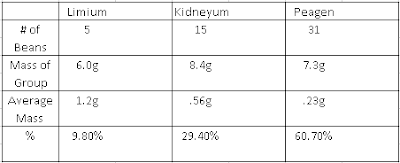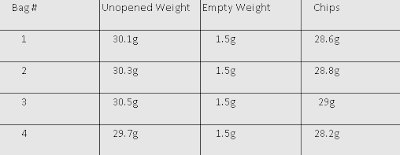Exploring Changes in Matter Lab
Exploring Changes in Matter
The question we were trying to answer was "Which changes are examples of a chemical change, and which are examples of a physical change". During our investigation we had five different scenarios where we had to combine two substance or add heat to a certain one. We observed and wrote our observations in our notebook of each scenario to determine which were an example of a chemical or physical change. We divided up each scenario between us and then conducted the experiments.
Our claim was that the water/salt and the paraffin wax were physical changes and the copper wire, sodium hydroxide/copper nitrate and the hydrochloric acid/sodium bicarbonate were chemical changes.
Evidence:
Scenario #1 Water/Salt: The salt dissolved into water, giving it a foggy color.
Scenario #2 Copper Wire: We placed it into a crucible and heated it with a Bunsen burner and it changed into a silver color.
Scenario #3 Sodium Hydroxide/Copper Nitrate: When combined, the substance mixed together and became a gel
Scenario #4 Hydrochloric Acid/Sodium Bicarbonate: When the two substance were mixed they fizzed and turned into a gas
Scenario #5 Paraffin Wax: When place into hot water the wax melted into a liquid, cooled, and then solidfied
Our reasoning is during a physical change the composition of matter does NOT change; during a chemical change the composition of a substance DOES change.The composition of salt/water didn't change because its still salt and water just mixed. The paraffin wax didn't change either, its just change it physical state from solid to liquid back to a solid. The rest were chemical changes because they produce some new and different than before.



Comments
Post a Comment